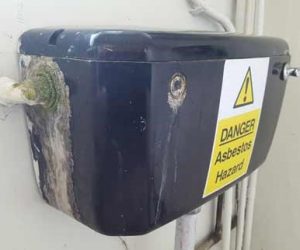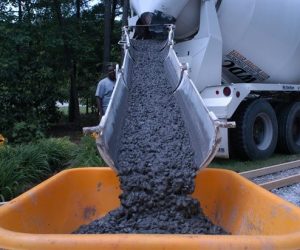Family and friends who care for their elderly loved ones are often concerned about them falling, being warm enough and eating properly. However, another issue which is often neglected in an older person is their oral health.
Oral Health
There are many consequences of poor oral health in the elderly. Dental problems left undetected and untreated can have a negative impact on their mental health and well-being. Common problems such as an abscess, tooth decay, or a chipped or broken tooth can cause severe pain, especially when eating and drinking.
Well-being
The physical pain of oral health problems can make it difficult to sleep and may also affect their ability to talk and take food, liquids and medication. These things combined can lead to a rapid deterioration in overall well-being and affect a person’s mental health.
Moreover, a recent case study has highlighted the need for free dental care for cancer patients, after a patient had to undergo expensive dental treatment following chemotherapy.
Dentures
Many elderly people have dentures, but this doesn’t mean that they are free from problems. If the dentures are misplaced or broken, an older person may have to wait for new ones to be made. During this time, they will find talking and eating very difficult and very distressing.
Thankfully, if an elderly person is suffering from dementia, having live in care for dementia carers can ensure there is always someone available. Live in Care for dementia carers is an option for those who want to stay in their home, but can’t live alone and offers the option of having trained staff live alongside them.
NHS Initiative
An NHS initiative across certain parts of the country, called ‘Mouth Care Matters’ has been launched to improve awareness of oral health amongst health and social care staff. This includes those working in care homes and live-in home carers.
Treatment
Accessing treatment when needed can be difficult, especially when a patient requires an urgent appointment. Pressure is being put on the Government and local authorities to offer better care in this area and improve access to services when needed.
Dental care is often not seen as a priority for the elderly. Ignoring symptoms and not getting treatment can have an adverse effect on a person’s quality of life and more needs to be done to highlight these issues.

















